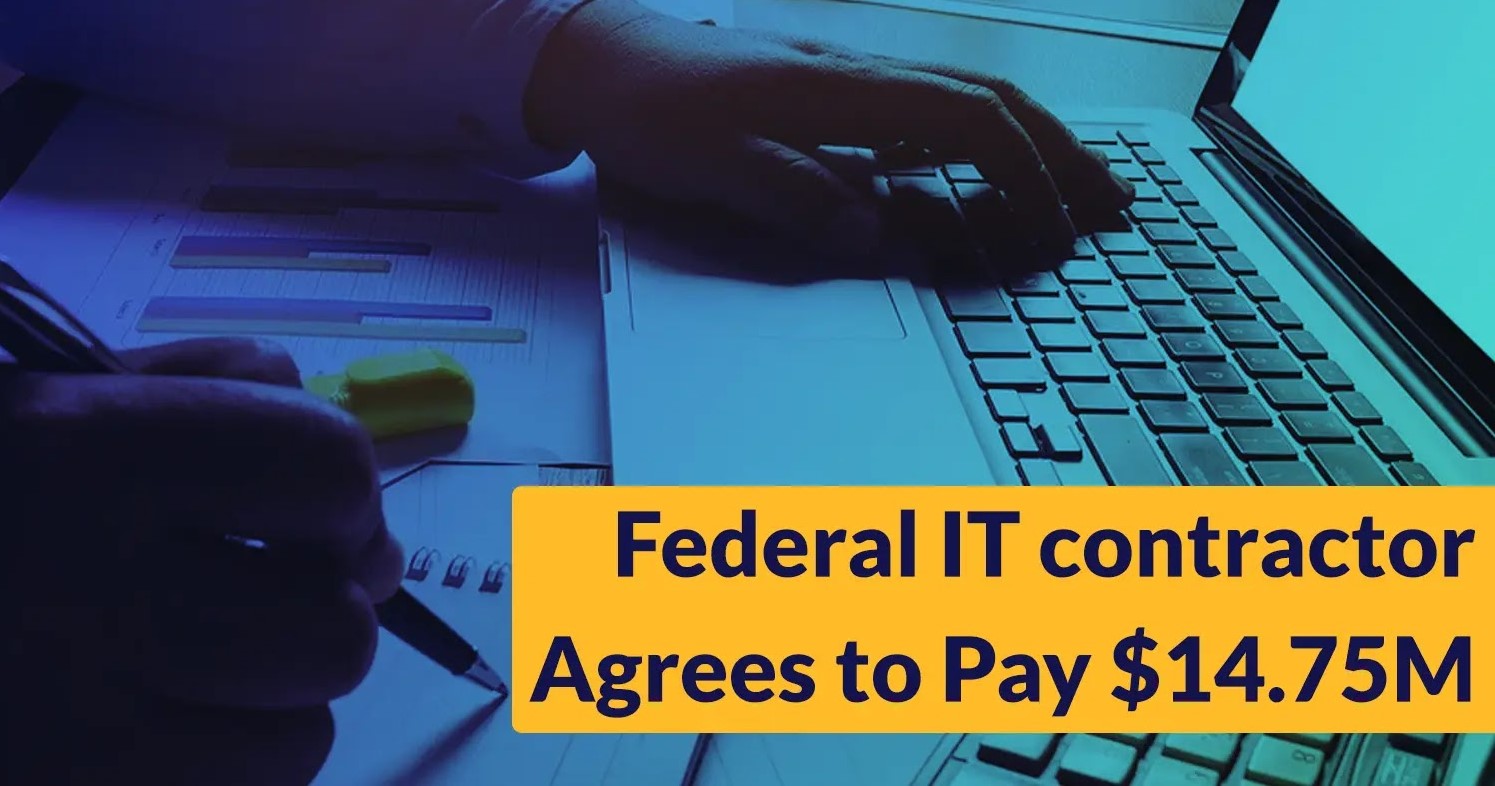
Federal IT contractor Agrees to Pay $14.75M Over False Cybersecurity Services Claim
The integrity of cybersecurity services procured by government entities is not merely a matter of financial accountability; it’s a critical component of national security. When contractors fail to deliver on promised capabilities, especially in sensitive areas like federal IT infrastructure, the repercussions can extend far beyond monetary damages, potentially exposing sensitive data and critical systems to unseen threats. A recent settlement involving a federal IT contractor highlights this stark reality, underscoring the severe consequences of misrepresenting cybersecurity qualifications.
The Hill ASC Settlement: A Five-Year Investigation Concludes
In a significant development, Hill ASC Inc., a federal IT contractor based in Rockville, has agreed to pay a substantial $14.75 million settlement to the U.S. Department of Justice. This agreement brings an end to a protracted five-year investigation into allegations that Hill ASC billed federal agencies for “highly adaptive” cybersecurity support it was demonstrably unqualified to provide. The core of the investigative findings suggests a profound disconnect between the services advertised and those actually delivered, raising serious questions about vendor vetting and oversight within federal procurement.
Unpacking the “ShadowQuill” Allegation
Central to the U.S. Department of Justice’s case was the accusation that Hill ASC’s service pitch hinged on a bespoke endpoint-monitoring platform. This platform, rather than providing robust security, allegedly seeded a loader nicknamed “ShadowQuill” across federal enclaves. While the precise technical details of “ShadowQuill” are not fully disclosed in the public information, the description “loader” strongly implies malicious or at least covert functionality. A loader is typically a program designed to download and execute additional malicious payloads. If “ShadowQuill” was indeed functioning in this manner within federal systems, it represents a severe breach of trust and a significant security risk, potentially creating backdoors or facilitating data exfiltration. The term “quietly seeded” further suggests stealth and a lack of transparency in its deployment.
The Ramifications of False Cybersecurity Claims
The Hill ASC case serves as a stark reminder of the multifaceted dangers posed by contractors who misrepresent their cybersecurity capabilities:
- Compromised Security Posture: Agencies believing they are receiving robust protection may, in fact, be left exposed to significant vulnerabilities. This creates a false sense of security, delaying the implementation of genuine protective measures.
- Data Exfiltration Risk: Undetected or mishandled cybersecurity services can lead to the compromise of sensitive government data, including classified information, personal data of federal employees, or critical operational details.
- Supply Chain Vulnerabilities: Such incidents expose weaknesses in the supply chain for federal IT services. If one contractor can embed potentially harmful or unqualified services, it suggests a broader need for more rigorous vetting and continuous monitoring of third-party vendors.
- Financial Waste: Beyond the immediate settlement, the taxpayer funds spent on unqualified services represent a significant financial loss, diverting resources from legitimate and effective cybersecurity initiatives.
- Erosion of Trust: Incidents of this nature erode public and governmental trust in the integrity of contracted cybersecurity services, leading to increased scrutiny and potentially more complex procurement processes.
Remediation Actions and Lessons Learned
For government agencies and organizations relying on external cybersecurity contractors, the Hill ASC case offers crucial lessons and prompts several essential remediation actions:
- Enhanced Due Diligence: Implement significantly more rigorous due diligence processes for all cybersecurity contractors. This should go beyond mere certifications and include technical capability assessments, verifiable references, and independent security audits of their proposed solutions.
- Continuous Monitoring of Contractor Performance: Establish robust mechanisms for ongoing monitoring of contractor performance and the efficacy of deployed security solutions. This should involve independent validation and verification (IV&V) processes, rather than solely relying on contractor-provided reports.
- Independent Security Audits: Mandate and conduct regular, independent security audits of all third-party deployed systems within federal enclaves. These audits should specifically look for unexpected or unauthorized components, such as loaders like “ShadowQuill.”
- Clear Contractual Language and Penalties: Ensure contracts clearly define performance metrics, acceptable security standards, and severe penalties for non-compliance or misrepresentation, including claw-back provisions for funds paid for inadequate services.
- Threat Intelligence Sharing: Foster better information sharing between agencies regarding problematic vendors or emerging threats identified through contractor malfeasance.
- Internal Expertise Development: Strengthen internal government cybersecurity expertise to better evaluate, oversee, and challenge external contractors’ claims and deployments.
The Imperative of Verifiable Cybersecurity
The $14.75 million settlement with Hill ASC Inc. is more than just a financial penalty; it’s a powerful statement from the U.S. Department of Justice regarding the paramount importance of truthful and competent cybersecurity services. In an era of escalating cyber threats, federal agencies, and indeed all organizations, cannot afford to take vendor claims at face value. The case underscores the critical need for verifiable capabilities, ironclad contractual agreements, and unwavering oversight to protect national interests against both external adversaries and internal vulnerabilities created by unqualified service providers.





